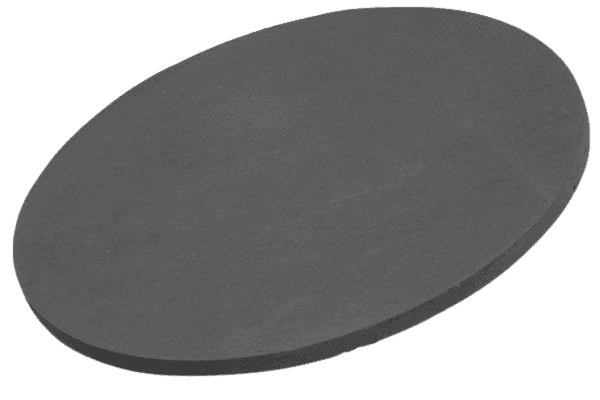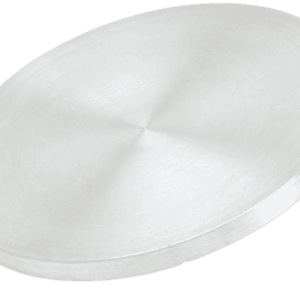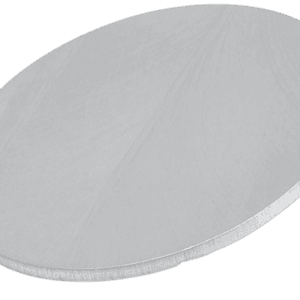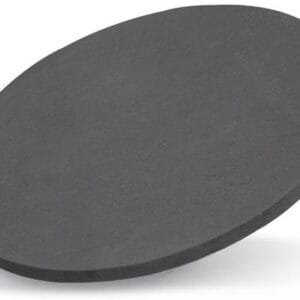Strontium Vanadate Sputtering Target Description
Related Product: Strontium Sputtering Target, Strontium Oxide Sputtering Target
Strontium Vanadate Sputtering Target Specifications
| Compound Formula | SrVO3 |
| Molecular Weight | 285.497 |
| Appearance | Black Target |
| Available Sizes | Dia.: 1.0″, 2.0″, 3.0″, 4.0″, 5.0″, 6.0″ Thick: 0.125″, 0.250″ |
Strontium Vanadate Sputtering Target Handling Notes
Strontium Vanadate Sputtering Target Application
Strontium Vanadate Sputtering Targets have several notable applications:
- Electronics and Information Industry: Used to prepare thin film materials for integrated circuits, information storage, liquid crystal displays, laser memory, and electronic control devices. They are effective for creating conductive films and barrier films in these applications.
- Wear-Resistant and High-Temperature Corrosion-Resistant Fields: Due to their excellent physical and chemical properties, they are ideal for producing wear-resistant and corrosion-resistant coatings. These coatings are used in manufacturing engine parts, thermal energy equipment, and other high-stress environments.
- Optical Field: Employed in preparing optical films such as transmittance enhancement films, reflection films, and filters. These films are used in optical instruments, photographic equipment, and lighting equipment to improve performance and functionality.
Strontium Vanadate Sputtering Target Packaging
Our Strontium Vanadate Sputtering Targets are meticulously managed throughout both storage and transportation processes to ensure they arrive in pristine condition, maintaining the highest quality standards.
Get Contact
TFM’s Strontium Vanadate Sputtering Targets come in a range of forms, purities, and sizes. We focus on delivering high-purity physical vapor deposition (PVD) materials that offer exceptional density and minimal average grain sizes. These targets are ideal for use in semiconductor applications, chemical vapor deposition (CVD), and PVD processes for display and optical technologies.





Reviews
There are no reviews yet.